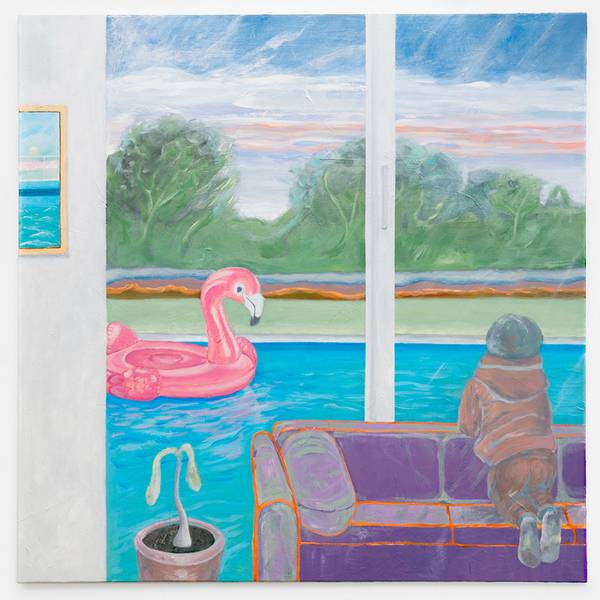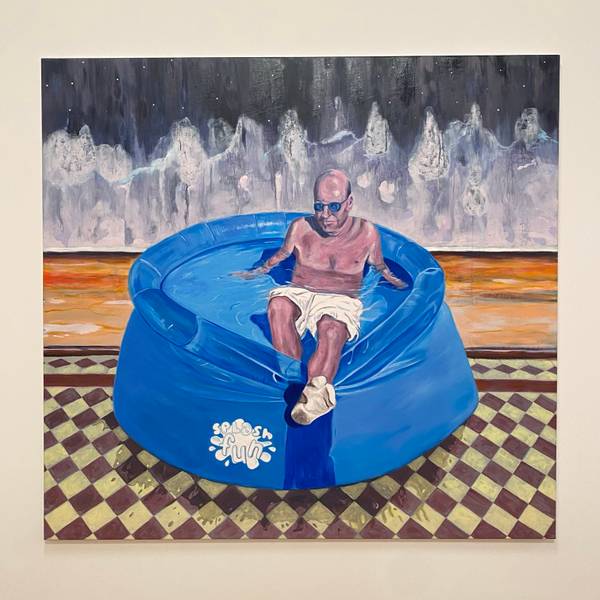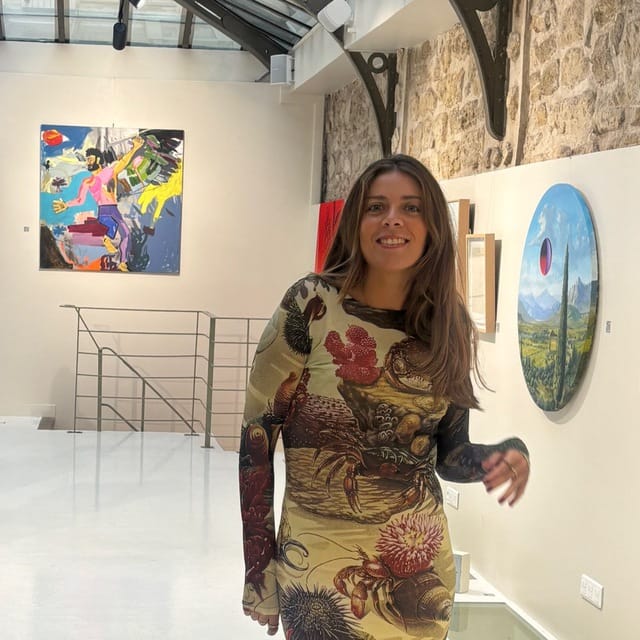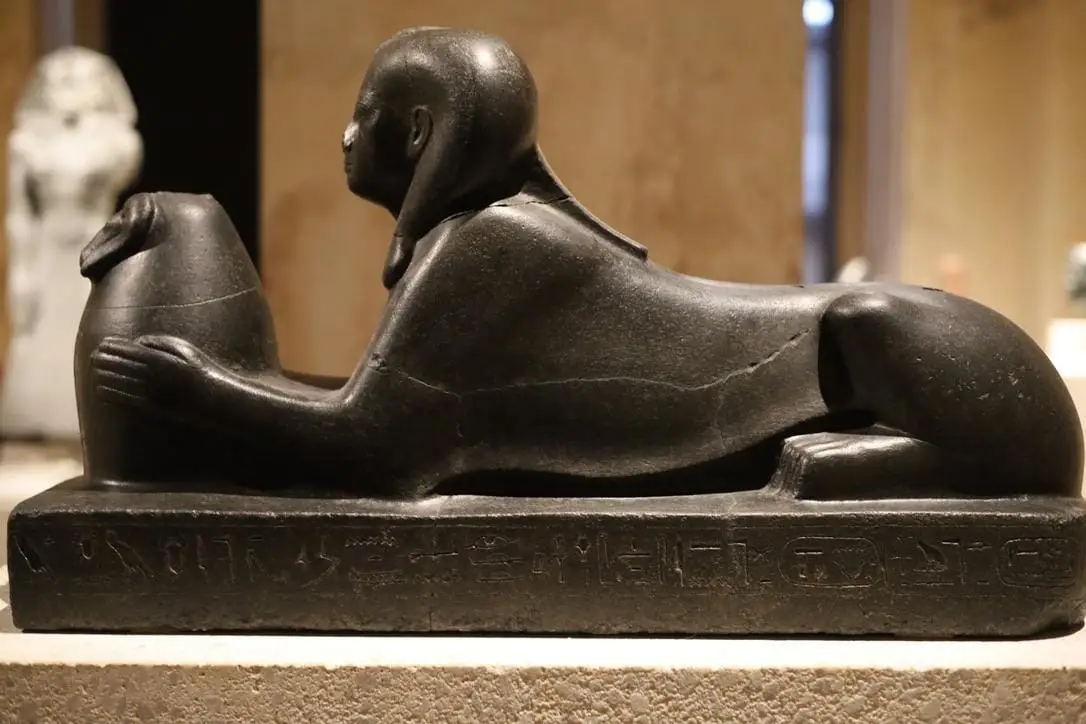Three questions to Martîm
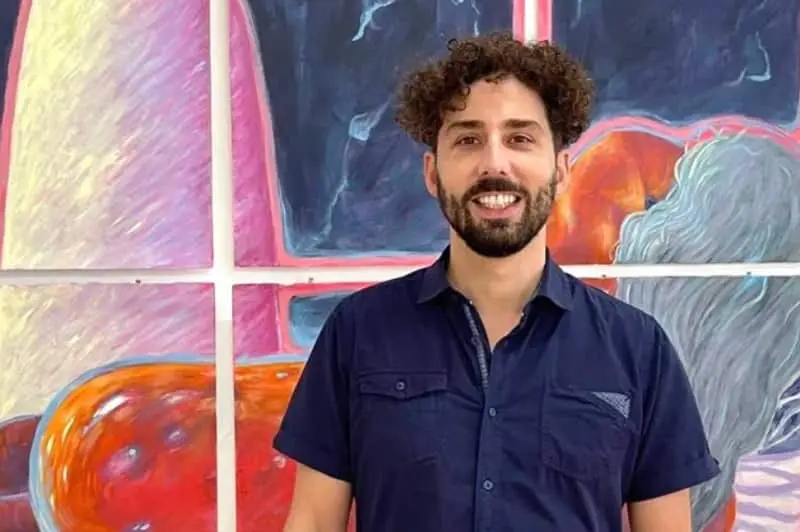
About Martîm
Martîm was born in Funchal and raised in Coimbra. On paper, he is also a mechanical engineer, but at heart, an artist. He holds a master in Painting from the Faculty of Fine Arts in Lisbon and a postgraduate in Theatre and Performance from the London International School of Performing Arts.
He has worked both in England and Brazil, where he co-founded the interdisciplinary platform MADAME TEATRO and served as International Relations for the International Theatre Festival of Belo Horizonte (FIT-BH).
His pictorial research is driven by a personal exploration of landscape versus identity through painting and ceramics, a theme he also brings into his creation of scenic spaces.
You are an engineer who also practices theatre, and you're a painter. How do you connect these three disciplines and how do they interrelate? How do engineering and theatre influence your artistic practice?
Engineering is not really a visible layer in my work. Perhaps there is always a notion of distance, of measurement, that lingers in the background, but I don’t paint with engineering as a guiding principle. Theatre, on the other hand, is a constant presence. The stage, the way a body occupies space, the tension between void and action—these are fundamental to how I construct a painting. I often think of the law of thirds, of dynamic points, as if the canvas were a stage set where something is about to happen. My compositions carry that theatrical pulse: an image that is both frozen and waiting to move.
You often mention that Madeira's territory is permanently present in your paintings. How do your roots shape the way you produce your art?
Madeira is always a place of freedom and pleasure for me, tied to childhood summers at the natural pool in Ponta Delgada, on the north coast. It is a place of escape, of bodies half-naked, in direct contact with the ocean. I remember the high tide breaking into the pool, nature perforating the concrete built by humans. That collision—the raw sea entering the geometric space of the pool—is something I keep searching for in painting. It is a geography of desire, memory, and interruption, where culture and nature never fully separate.
You recently completed a residency in Madeira and researched the island's origins. Could you please elaborate on this field of study and what you want people to feel or notice through this work?
In my recent residency, I wanted to confront Madeira as a laboratory of Portuguese colonization. To remind Madeirans of their own colonial past, the arrival of enslaved people, and the way this history is inscribed in their very bodies—descendants largely from North Africa and the Canary Islands. While tourism seeks to polish and erase these narratives, I am interested in exposing them, in giving them form through painting. My obsession with sugarloaves—both as landscape and as symbol—becomes a way of translating that history: the sweetness and the violence, the wealth and the misery. Through this work, I want viewers to feel the weight of history that still resonates in the land and in our identities.
Our selection of Martîm's works

